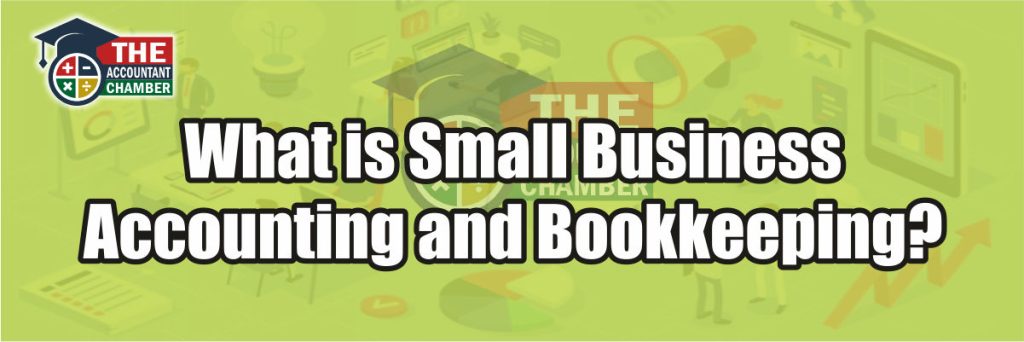Small Business Accounting and Bookkeeping
Small business accounting and bookkeeping refer to the process of recording, classifying, and summarizing financial transactions to provide information that is useful for making business decisions. This process involves maintaining financial records, such as invoices, receipts, and bank statements, and using them to create financial statements, such as income statements and balance sheets.
Small business accounting typically involves the following steps:
- Recording financial transactions: This involves keeping track of all the financial transactions that occur within the business, such as sales, purchases, and payments. This is typically done using accounting software or a manual ledger.
- Classifying financial transactions: This involves grouping similar transactions together, such as all the sales made during a certain period, and assigning them to the appropriate account, such as revenue or cost of goods sold.
- Summarizing financial transactions: This involves creating financial statements, such as income statements and balance sheets, which provide a summary of the financial performance of the business.
- Analyzing financial information: This involves using the financial statements and other financial information to make business decisions, such as setting prices, controlling expenses, and making investment decisions.
Small Business Bookkeeping
Bookkeeping is the process of maintaining financial records and it is the foundation of accounting. Small business bookkeeping typically involves the following steps:
- Recording financial transactions: This involves keeping track of all financial transactions, such as sales, purchases, and payments, and recording them in a ledger.
- Reconciling bank statements: This involves comparing the transactions recorded in the ledger with those on the bank statements to ensure that they match and to identify any discrepancies.
- Producing financial reports: This involves creating financial statements, such as income statements and balance sheets, which provide a summary of the financial performance of the business.
- Filing taxes: This involves preparing and submitting tax returns to the relevant authorities and paying any taxes owed.
- Maintaining records: This involves keeping all financial records, such as invoices, receipts, and bank statements, in a safe place for future reference.


